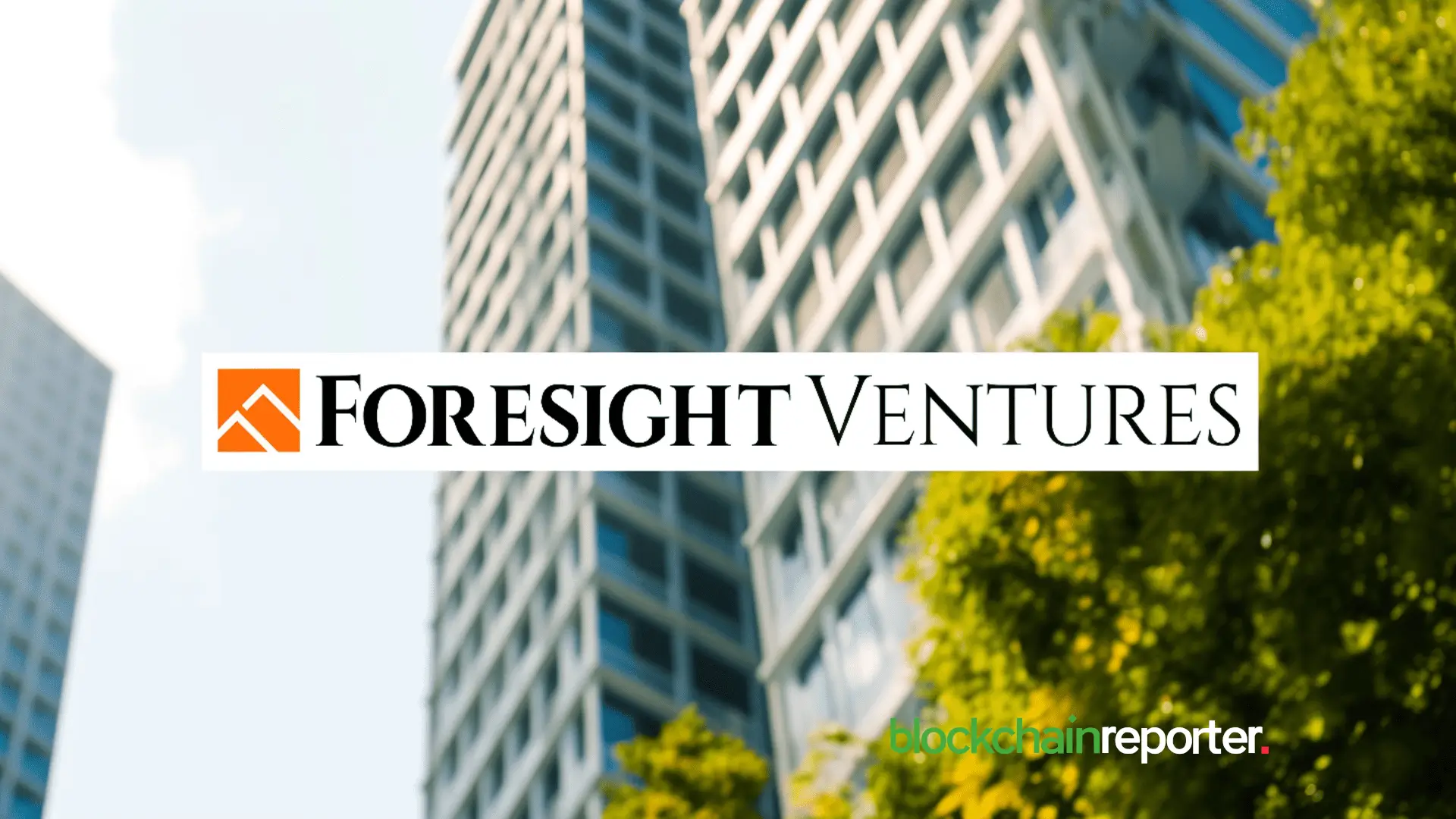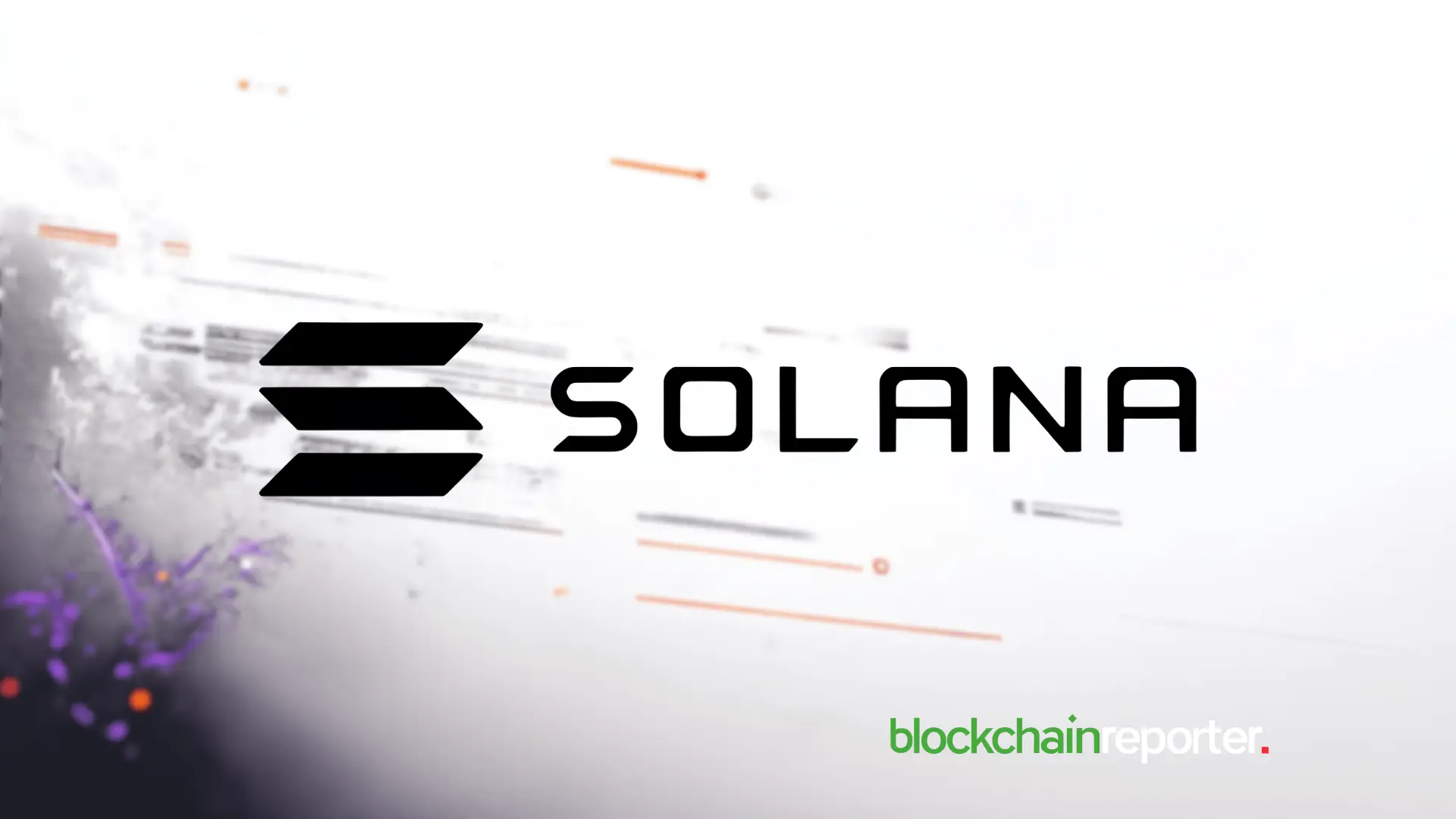Specialized L1/L2s Race to Become the Rails for $250B+ Digital Dollar Flows, Says Foresight



Foresight Ventures, a global crypto venture firm focused on next-generation payment infrastructure, has published new research titled “ Stablecoin L1/L2: Defining the Next Era of Global Payments .” The study examines the rise of application-specific blockchains designed expressly for stablecoin transactions and profiles five projects, Plasma, Stable, Codex, Noble and 1Money, each positioning itself to become the dominant rail for digital dollar transfers as programmable money gains real-world traction.
Stablecoins are one of the few crypto technologies that have seen meaningful adoption across traditional finance, underpinning trillions in annual transaction volume. Yet despite that scale, the potential of stablecoins has been limited by shortcomings in the underlying infrastructure: fee volatility, scaling bottlenecks and gaps around compliance and institutional integration have constrained broader use.
The specialized Layer-1 and Layer-2 chains that the report details aim to address those limits by creating more controlled environments for stablecoin movement. These blockchains are being engineered with built-in compliance features, deterministic fee models and closer ties to legacy financial rails, trading some of the openness of general-purpose networks for practical predictability that enterprises and banks demand.
“The market is recognizing that general-purpose blockchains may not be optimal for specific use cases,” said Alice Li, Investment Partner at Foresight Ventures. “We’re seeing specialized infrastructure emerge specifically for stablecoin transfer. What makes this space particularly interesting is how different projects are approaching the same problem from different angles. Some are prioritizing raw performance, others regulatory integration and others user experience. It’s not yet clear which approach will prove most successful.”
Major Market Trends
Foresight breaks the emerging stack into several core layers: asset issuance, cross-chain settlement, enterprise compliance tooling and the end-user payment experience, and maps how each of the five projects is trying to control parts of that value chain. One clear trend the report identifies is market segmentation: rather than one platform trying to be everything to everyone, chains are targeting niches.
Some are leveraging deep relationships with incumbent issuers to capture existing liquidity; others are courting regulated issuers and institutional rails to appeal directly to banks and payment processors, while a few are experimenting with novel consensus mechanisms to reach unprecedented scale.
Another major battleground is how transactions are priced for end users. The report highlights emerging models that rethink fees entirely, from protocol-sponsored gas that enables effectively zero-fee transfers to designs that let the stablecoin itself pay transaction costs, removing the need for users to hold volatile native tokens just to move money.
Strategic partnerships are becoming a decisive competitive advantage. Foresight’s analysis shows that integration with top-tier exchanges, custody providers, payment processors and traditional financial institutions forms a growing moat; funding sources and partner lists frequently correlate with early adoption signals and where liquidity flows first appear.
Architectural Shift in Digital Finance
Early metrics in the report already signal promise for some ecosystems. Testnet deposits have hit record levels for certain chains, in some cases exceeding $1 billion, and native stablecoin circulation has grown rapidly on more established platforms, surpassing half a billion dollars in some instances, signs that developer activity and liquidity are following the narrative.
The path to enterprise adoption, the authors argue, will depend heavily on regulatory posture. Several projects are proactively embedding on-chain compliance features and recruiting former regulators onto advisory boards, positioning themselves as safer rails for institutional capital and making the regulatory conversation a central part of their go-to-market strategy.
Taken together, the specialized stablecoin infrastructure the report describes represents what Foresight calls a long-anticipated architectural shift in digital finance: a move away from trying to retrofit payments onto general-purpose networks toward bespoke rails built for speed, cost predictability and institutional trust. For investors, the report offers a practical map of where momentum is building, detailing each project’s funding, partners and early traction to help assess which teams are gaining attention.
For enterprises and developers, it functions as a roadmap for technical choices and partner selection, clarifying which platforms currently offer the best mix of interoperability, regulatory alignment and developer tooling for scalable, stablecoin-driven products. The analysis stops short of naming a single winner, instead suggesting that multiple architectures could coexist, each serving distinct segments of an enormous liquidity market.

Ethereum and Tron Cool Off, Digitap Heats Up As Utility And Adoption Point to Explosive Gains
Ethereum dips to $4,100 and Tron tests $0.33, but Digitap surges with $185K raised. Its presale at $...

Which Crypto Could 100x? Is Buying Remittix Now Like Buying Solana At $1?
Solana once soared from $1 to $213. Now Remittix at $0.11, with $26.4M raised, CertiK #1 ranking, wa...

Tapzi, BullZilla & BlockDAG: Best Crypto to Buy Now for Next 1000X Explosion Amidst New Developments & Launches
Tapzi at $0.0035 presale stands out as the best 100x+ crypto bet, blending GameFi utility, controlle...

